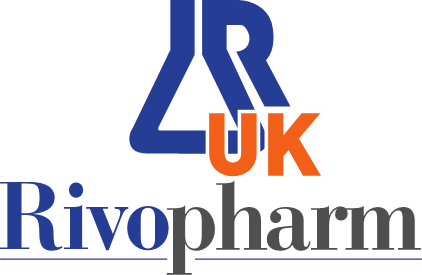Absorption
Following oral administration, dapsone is almost completely absorbed from the gastrointestinal tract, with reported bioavailability exceeding 86 %. Peak serum concentrations are reached within 2 h – 8 h. Post ingestion of a single 50 mg – 300 mg dose of dapsone, maximum serum concentrations range from 0.63 mg/L to 4.82 mg/L. Under steady state conditions, the most frequently used dose of 100 mg/day, results in serum concentrations of maximum 3.26 mg/L, and a minimum, at 24 h, of 1.95 mg/L. Steady state concentrations are not achieved until after at least 8 days daily administration.
Distribution
Dapsone is 50% – 80% bound to plasma proteins, whereas the principal metabolite, monoacetyldapsone is almost completely bound to plasma proteins. Dapsone is distributed to almost all organs, and is retained in the skin, muscle, kidneys, and liver, with trace concentrations present in these tissues up to 3 weeks post discontinuation. Dapsone is distributed into sweat, saliva, sputum, tears, and bile. It crosses the blood – brain barrier, and the placenta, and is excreted in breast milk. The half-life ranges from 10 h – 80 h.
Biotransformation
Post absorption, dapsone undergoes enterohepatic recirculation. It is metabolised by the liver, and additionally by activated polymorphonuclear leukocytes and mononuclear cells. In the liver dapsone is primarily metabolised via acetylation by N-acetyltransferase to monoacetyldapsone, and through hydroxylation by cytochrome P-450 enzymes, resulting in the generation of dapsone hydroxylamine. Dapsone hydroxylamine may be responsible for dapsone associated methaemoglobinaemia and haemolysis. Acetylation exhibits genetic polymorphism, with both rapid and slow acetylators.
Elimination
Around 20 % of dapsone is excreted, unchanged, via urine, with 70 % – 80 % of the dose being eliminated as water soluble metabolites following conjugation with glucuronic acid. A small amount of the dose may be excreted in faeces, including some unidentified metabolites.
Linearity/non-linearity
The drug shows linear pharmacokinetics within the therapeutic range.



